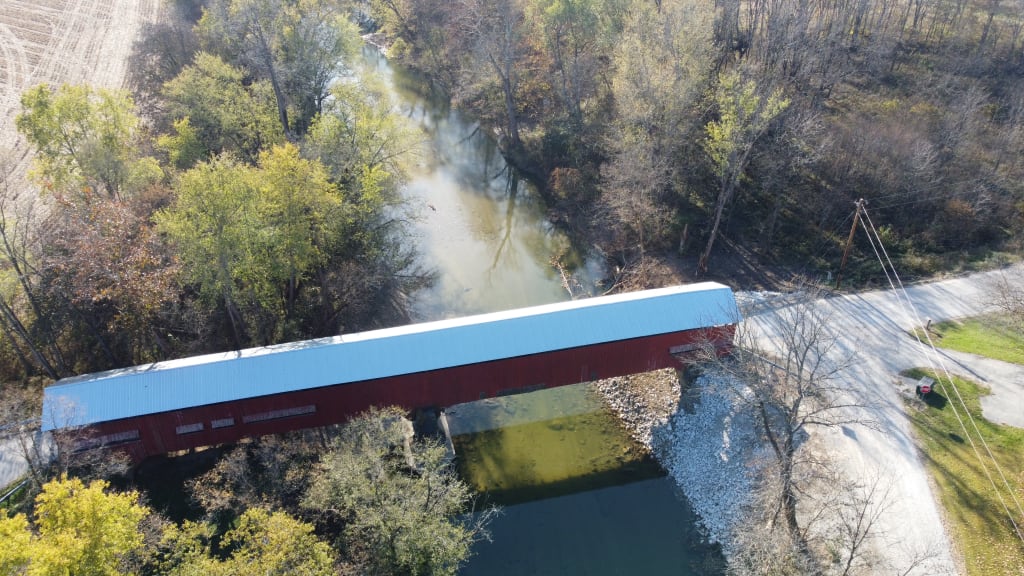Drones transforming everyday life
A look into how drone have became apart of every day life

### The Rise of Drones: Transforming Industries and Everyday Life
Once primarily associated with military applications, drones have rapidly evolved into versatile tools used in a variety of sectors. Their ability to fly autonomously or be remotely controlled has opened up a plethora of opportunities that have made drones an integral part of modern technology.
#### Brief history
The concept of unmanned aerial vehicles (UAVs) dates back to World War 1, but it wasn't until the late 20th and early 21st centuries that drones began to capture the public imagination. Advances in technology, particularly in GPS navigation, battery life, and miniaturization, have transformed drones from military novelties to practical tools for civilians.
#### A transformative application
**1. Agriculture:**
Drones have revolutionized agriculture by providing farmers with accurate data about their crops. Drones equipped with multispectral sensors can assess plant health, monitor irrigation systems and manage pests. This data enables more efficient use of resources and better crop yields, heralding a new era of precision agriculture.
**2. Environmental Protection:**
In environmental conservation, drones are used to monitor wildlife populations, monitor deforestation, and assess ecosystem health. Their ability to access remote and dangerous areas makes them invaluable to conservationists and researchers.
**3. Infrastructure and construction:**
Drones are becoming indispensable in construction and infrastructure maintenance. They can survey sites, monitor progress and inspect structures such as bridges and towers, reducing the need for risky manual inspections and enabling more detailed and frequent assessments.
**4. Delivery services:**
Companies like Amazon and Google are experimenting with drone delivery services. Drones can transport small packages quickly and efficiently, especially in urban areas, reducing traffic congestion and carbon emissions associated with traditional delivery methods.
**5. Resolving emergency events:**
In emergency situations, drones provide critical support. They can deliver medical supplies to hard-to-reach places, assess disaster areas, and assist in search and rescue operations. Drones equipped with thermal imaging cameras can locate individuals in challenging conditions such as dense forests or collapsed buildings.
**6. Entertainment and Media:**
The film and photography industry has embraced drones for their ability to capture stunning aerial footage. From blockbuster movies to wedding videos, drones offer unique perspectives that were previously impossible or prohibitively expensive.
#### Regulatory challenges
The rapid proliferation of drones has overtaken regulatory frameworks. Authorities around the world are struggling to create policies that balance innovation with security and privacy concerns. Regulations typically address issues such as flight restrictions near airports, maximum altitude limits, and pilot certification requirements.
In the United States, the Federal Aviation Administration (FAA) requires drone operators to register their devices and follow specific guidelines. Similar regulations exist in Europe, where standards are set by the European Aviation Safety Agency (EASA). As technology continues to evolve, these regulations will likely require constant updating to address new challenges and opportunities.
#### The future of drones
As for the future, the integration of artificial intelligence (AI) and machine learning promises to make drones even more autonomous and intelligent. AI-controlled drones could perform complex tasks such as real-time data analysis and decision-making without human intervention. Innovations in swarm technology could also see drones working together in coordinated fleets, further expanding their capabilities.
In addition, advances in battery technology and propulsion systems are expected to improve flight time and payload capacity, making drones even more versatile and efficient.
#### Conclusion
Drones are rapidly transforming various industries, offering innovative solutions and efficiencies previously unattainable. As technology advances and regulatory frameworks adapt, the potential uses of drones will expand even further, cementing their place in the fabric of modern life. Whether increasing agricultural productivity, aiding conservation efforts, or delivering critical supplies in an emergency, drones are proving to be an indispensable tool in our increasingly connected world.
About the Creator
Enjoyed the story? Support the Creator.
Subscribe for free to receive all their stories in your feed.





Comments
There are no comments for this story
Be the first to respond and start the conversation.